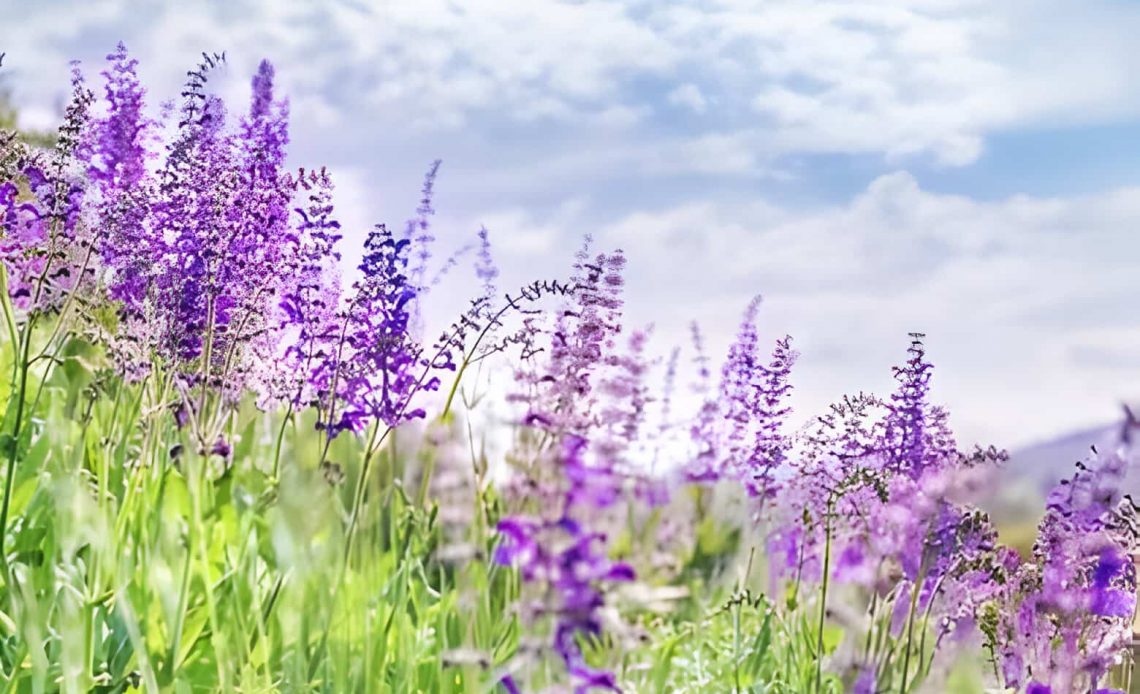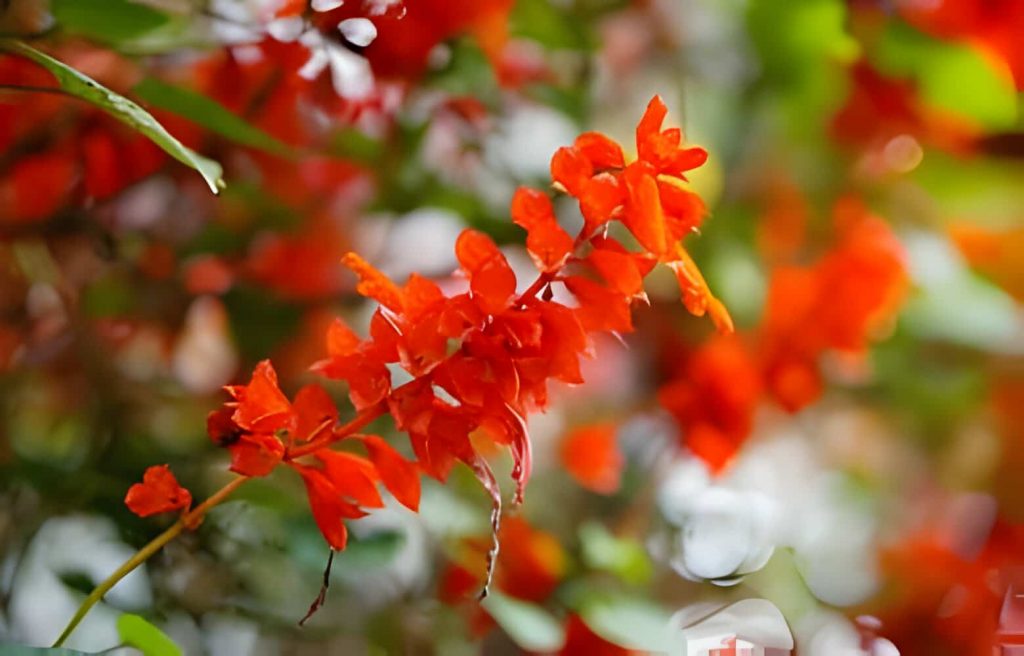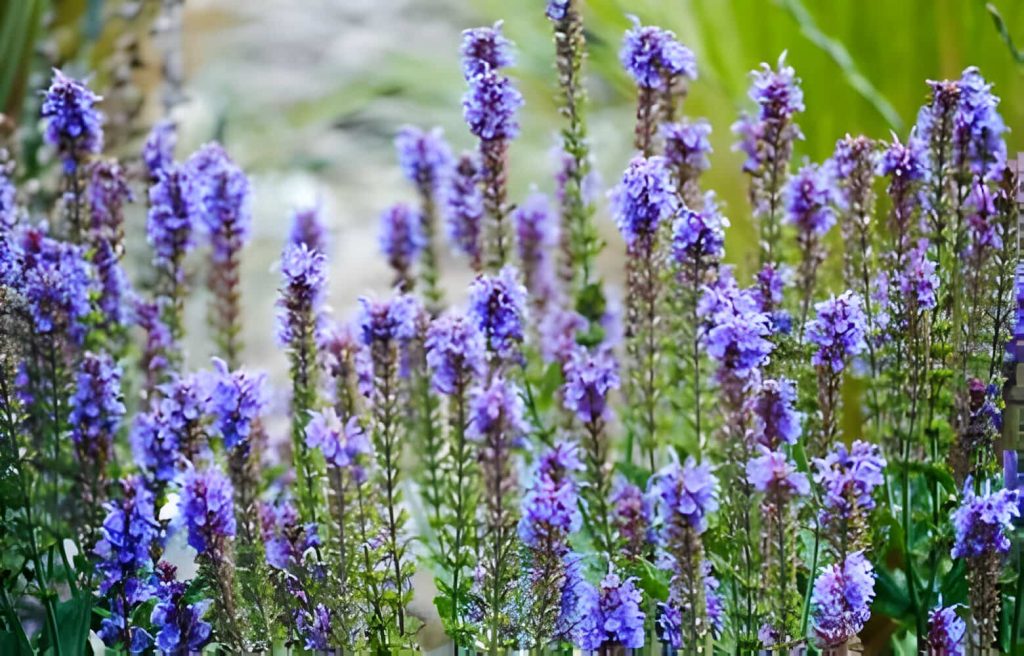
The common sage, with its scientific name Salvia officinalis, is a familiar sight in many kitchens around the world. This perennial herb not only boasts a strong, aromatic flavor that enhances countless dishes, but it also holds a long and fascinating history. Cultivated for centuries, sage has transcended its culinary applications to become a symbol of health, wisdom, and even immortality in various cultures. Let’s delve deeper into the world of Salvia officinalis, exploring the Sage flower meaning associated with its beautiful flowers and its enduring presence throughout human history.
What is a Sage flower?
Sage (Salvia officinalis) is an aromatic herb belonging to the mint family (Lamiaceae). It is native to the Mediterranean region and has been cultivated for centuries. The plant is known for its pungent, gray-green edible leaves and attractive flowers.
Physical Description

Sage is a small shrubby plant that typically grows to about two feet tall. Its most recognizable feature is its oval-shaped leaves, which have a rough, wrinkled texture and a grayish-green to whitish-green color. Some varieties even boast variegated leaves for a splash of extra color. But don’t forget the star of the show – the sage flowers! These delicate blooms come in shades of lavender or purple and add a touch of elegance to the plant.
Sage is a member of the mint family, recognizable by its:
- Woody stems
- Grayish-green leaves – These can be smooth or wrinkled, and some varieties sport variegations of purple, rose, cream, and yellow. The common sage variety lends its color to the term “sage green.”
- Purple, pink, white, or red flowers – These typically bloom in spikes during late spring to fall.
History of Use
Sage has been a cherished herb for centuries. Romans considered it a sacred ceremonial herb, and throughout history it’s been used for both culinary and medicinal purposes. Its name, “Salvia,” comes from the Latin word for “to be healthy” or “salvation,” hinting at its perceived healing properties.
Sage Flower Meaning
Salvia officinalis, commonly known as sage, is a plant that carries a wealth of meaning and history within its aromatic leaves and vibrant flowers. Native to the Mediterranean region, sage has been a symbol of wisdom, longevity, and healing across various cultures for centuries1. Its name, derived from the Latin “salvare,” meaning “to save” or “to heal,” reflects its storied past as a medicinal herb, believed to have the power to ward off evil and bring about good health and protection.
The flower of the sage plant, with its captivating blue to purplish hues, is not only a feast for the eyes but also a symbol of spiritual significance. In historical and cultural contexts, sage has been associated with mental clarity, enlightenment, and the sacred, often used in religious rituals and ceremonies. The plant’s enduring legacy as a culinary and medicinal staple, along with its ornamental appeal, continues to make it a cherished addition to gardens and kitchens around the world.
Immortality
Sage’s perennial nature, constantly renewing itself, has led to its association with eternal life.
Healing
Sage’s historical use in medicinal practices and its connection to the word “salvation” contribute to its meaning of well-being and knowledge. Sage has been used for centuries for its purported medicinal properties. The blue or purplish flowers are often connected to healing and well-being. It’s a common practice to gift a sage plant to someone who is recovering from an illness
Wisdom
These flowers that represent wisdom, echoing the ancient belief that sage enhances mental acuity and insight.
Domestic Virtue
Sage flower has a meaning of the qualities valued in a good homemaker – strength, wisdom, and nurturing.
Long Life
The evergreen nature of the sage plant and its enduring use in herbal remedies have made it a symbol of longevity.
Sage Plant Facts

Sage is more than just a pretty face with symbolic meaning. Here are some interesting facts about this versatile plant:
- Sage is a fragrant herb with a slightly peppery flavor, making it a popular addition to stuffings, sausages, and many other dishes.
- Some varieties of sage are grown specifically for their ornamental flowers, adding beauty to gardens.
- Beyond its culinary uses, sage has a long history of being used in traditional medicine for a variety of ailments.
- Sage is a perennial, meaning it comes back year after year.
- It’s relatively easy to grow, thriving in zones 4-10.
